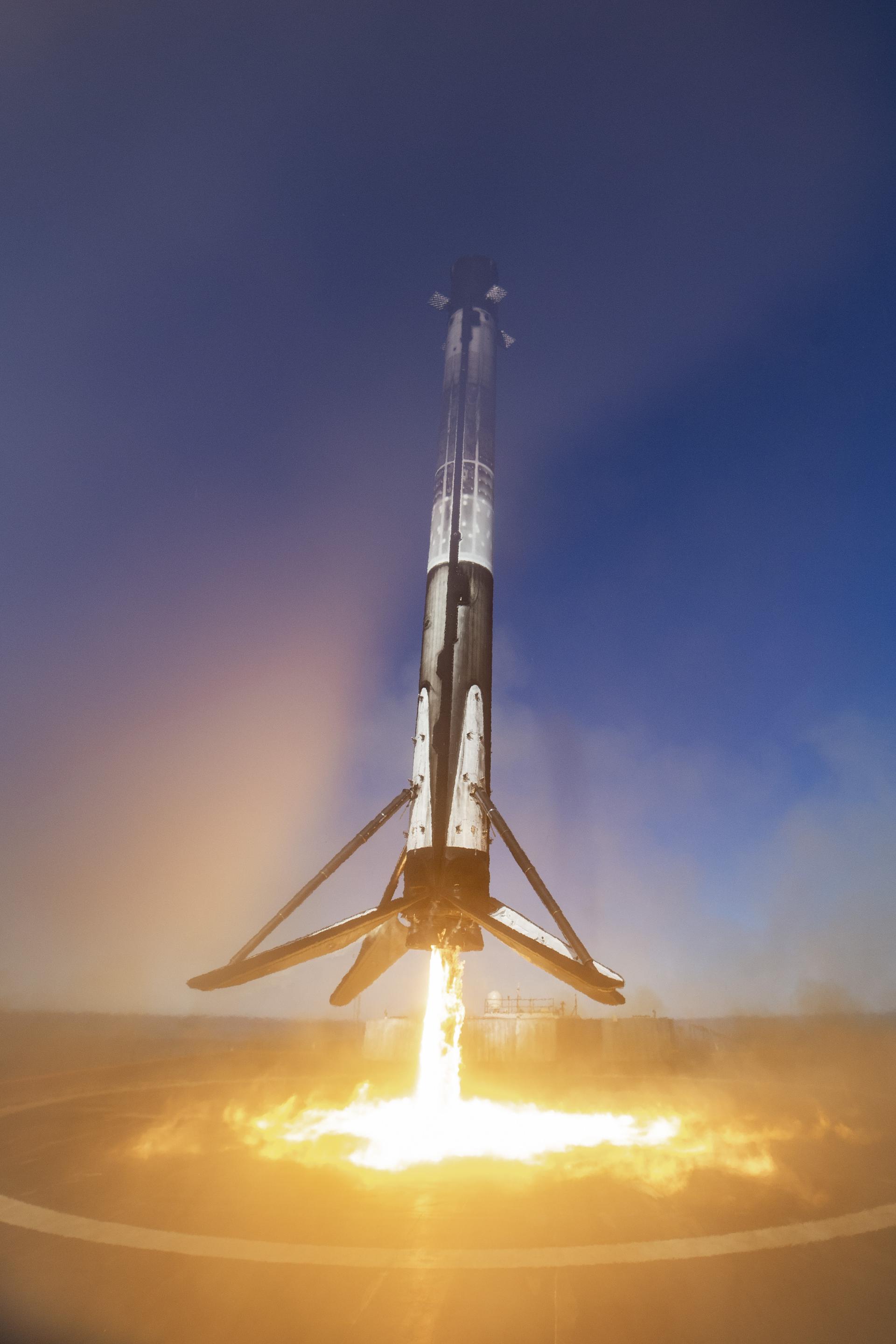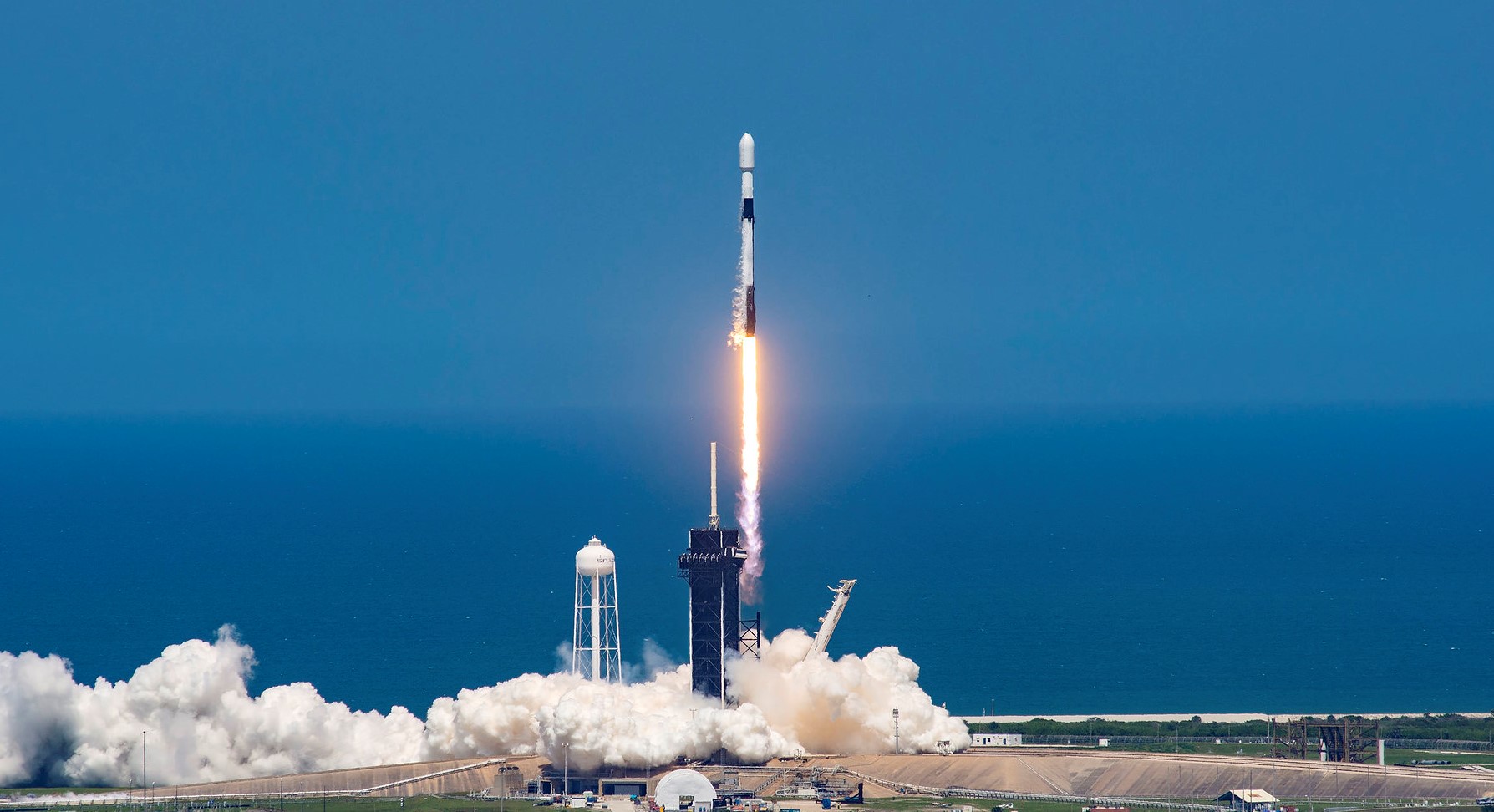
Falcon 9 - B1046
Details
Status - Expended
Stage Expended
Falcon 9 Block 5 | Dragon In-Flight Abort Test
SpaceX | United States of AmericaKennedy Space Center, FL, USA
Jan. 19, 2020, 3:30 p.m.
Status: Launch Successful
Mission:
When the Falcon 9 Block 5 rocket reaches Max-Q (maximum dynamic forces), the launch abort system of the Crew Dragon spacecraft will be triggered. This will fire up its SuperDraco engines and propel the spacecraft and its theoretical passengers away from the launch vehicle before landing back safely in the Atlantic Ocean. The goal of this test is to demonstrate the capacity of the spacecraft to ensure a safe return to the ground for the astronauts in the event of a launch vehicle failure. The booster for this launch will be B1046, a thrice-flown core which was the first of the Block 5 generation. It will not attempt to land and is expected to be destroyed by the SuperDracos and aerodynamic loads.
Suborbital B1046 - Flight Proven ( ) Atlantic OceanFalcon 9 Block 5 | Spaceflight SSO-A
SpaceX | United States of AmericaVandenberg SFB, CA, USA
Dec. 3, 2018, 6:34 p.m.
Status: Launch Successful
Mission:
Dedicated rideshare launching payloads into sun-synchronous orbit. Payloads include ORS-6, EU:CROPIS, STPSat-5, BlackSky Global-1 to -4, HawkEye Pathfinder 1-3, Iceye, NEXTSat-1, 2 SkySats, Centauri II, and a Flock of Doves.
Sun-Synchronous Orbit B1046 - Flight Proven ( ) Just Read the InstructionsFalcon 9 Block 5 | Merah Putih (Telkom-4)
SpaceX | United States of AmericaCape Canaveral SFS, FL, USA
Aug. 7, 2018, 5:18 a.m.
Falcon 9 Block 5 | Bangabandhu-1
SpaceX | United States of AmericaKennedy Space Center, FL, USA
May 11, 2018, 8:14 p.m.
Status: Launch Successful
Mission:
The Bangabandhu 1 (BD-1) satellite, the first geostationary communications satellite of Bangladesh. Satellite is to be located at 119.1° East longitude slot in geostationary orbit, where it will provide service to Bangladesh and neighbouring countries. Satellite is build by Thales Aleinia Space. It is based on Spacebus 4000B2 platform, weighs 3500 kg and is fitted with Ku-Band and C-Band transponders. The major applications of the spacecraft include DTH, very small aperture terminal communications, backhaul and trunking, network restoration, and disaster preparedness and relief.
Geostationary Transfer Orbit B1046 - Maiden Flight Of Course I Still Love YouFalcon 9
Dror-1
Space Launch Complex 40 - Cape Canaveral SFS, FL, USANote: SpaceX identifies the mission as "Commercial GTO 1". Dror-1 is a geostationary communication satellite built and developed by Israel Aerospa…
Falcon 9
Starlink Group 10-28
Space Launch Complex 40 - Cape Canaveral SFS, FL, USAA batch of 28 satellites for the Starlink mega-constellation - SpaceX's project for space-based Internet communication system.
Soyuz 2.1a
Progress MS-31 (92P)
31/6 - Baikonur Cosmodrome, Republic of KazakhstanProgress resupply mission to the International Space Station.
Long March 4C
Shiyan 28 B-01
Launch Complex 3 (LC-3/LA-1) - Xichang Satellite Launch Center, People's Republic of ChinaSatellite officially named for "space environment detection" purposes, exact details unknown.
Falcon 9
Starlink Group 10-25
Space Launch Complex 40 - Cape Canaveral SFS, FL, USAA batch of 27 satellites for the Starlink mega-constellation - SpaceX's project for space-based Internet communication system.


